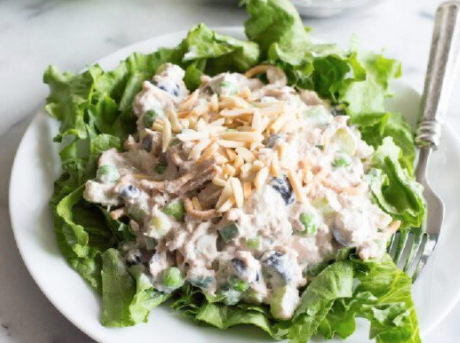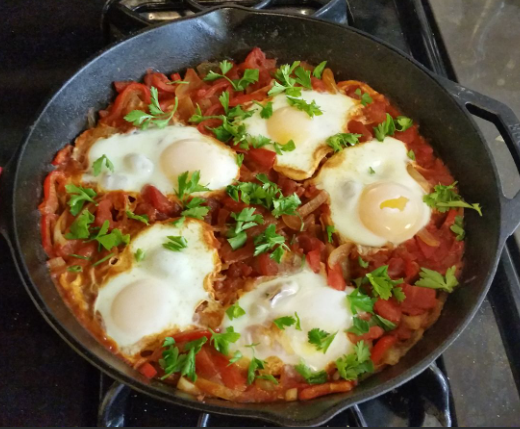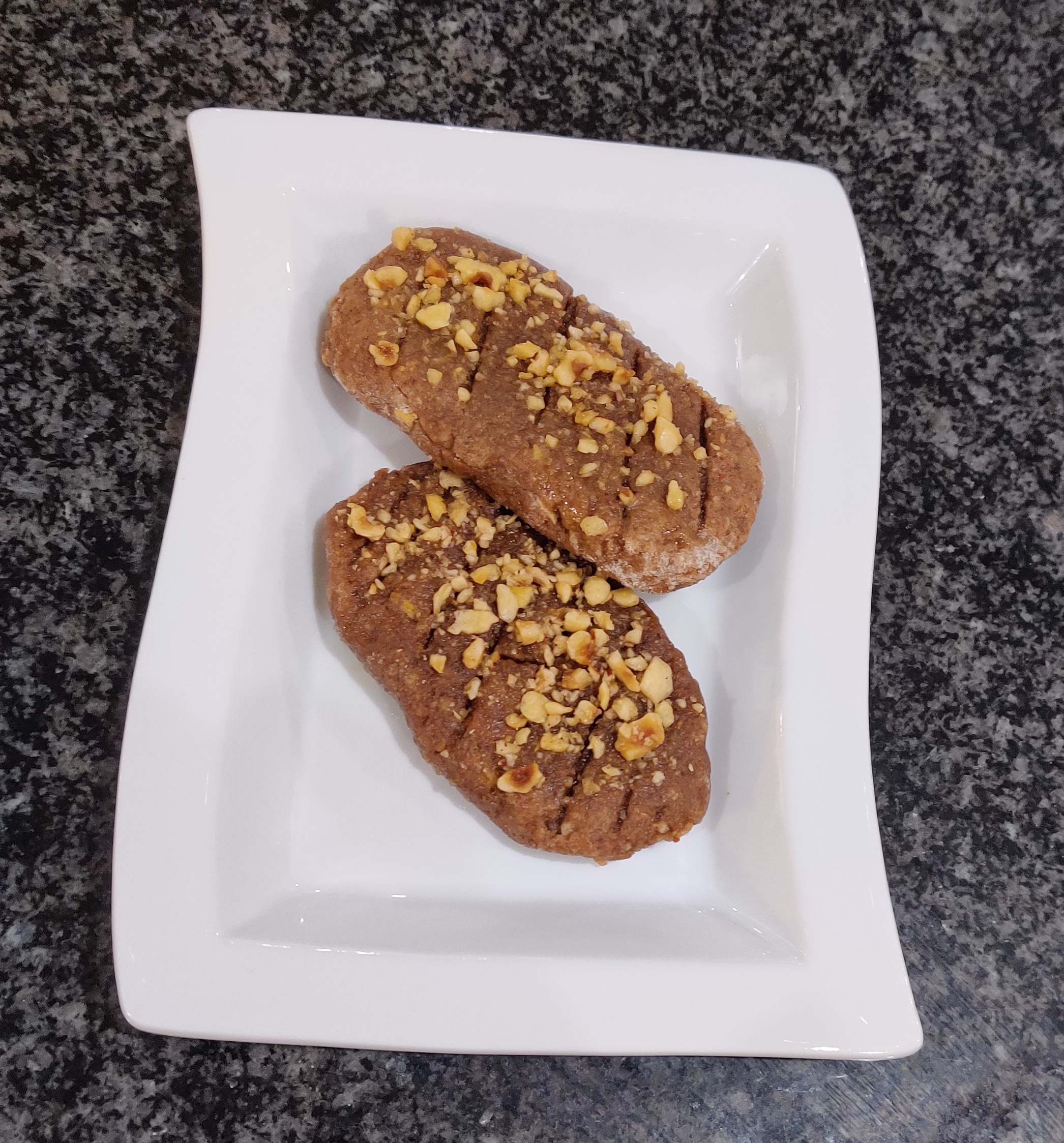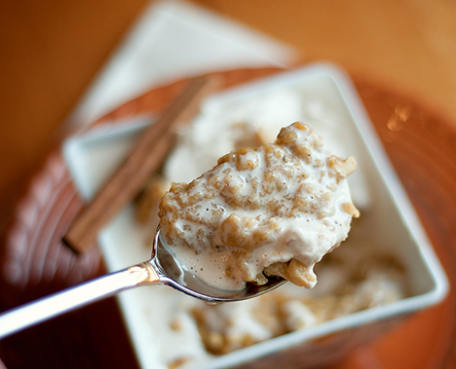Have you ever heard of SIBO?
Can SIBO be treated?
What to do in your diet if you suffer from SIBO?
Here’s what to do to elevate your symptoms!
SIBO! We don’t usually hear this word often but that doesn’t mean that it is rare. In fact, it is considered quite a common condition. Unfortunately, there are no reliable date on how many people are diagnosed with SIBO. In this blog, we are going to look across the latest researches to answer these questions and provide you with current, scientific data.
SIBO stands for Small Intestinal Bacterial Overgrowth. This condition affects the small intestine and occurs when there is an abnormal increase in the overall bacterial population. These bacteria are not commonly found in that part of the digestive tract as they usually found in other parts of the gut, where they are eliminated regularly. SIBO can cause various symptoms such as:
- Abdominal bloating
- Abdominal pain
- Constipation
- Indigestion
- Gas and flatulence
- Diarrhoea
- Fatigue
- Malabsorption of macro and micro-nutrients
- Nausea
- Vitamin deficiencies
- Anaemia
- Weight loss
Possible causes of SIBO
This condition is not yet well understood and there are numerous potential culprits. To list some:
- Anatomical and structural problems inside and outside the small intestine such as scar tissue.
- Other medical conditions such as IBS or IBD, coeliac disease and diabetes mellitus can slow down the digestion of food.
- Absence of antimicrobial barriers such as pancreatic enzymes which naturally prevent bacteria from inhabiting the small intestine.
- Drugs that change the pH level of stomach acid can also weaken your immune system.
- Poor Immune System caused by cancer, HIV, coeliac disease, IBS or IBD.
Treatment of SIBO
SIBO can be treated with:
- long term antibiotics
- diet changes
When it comes to diet reversing nutritional deficiencies is an important part of treating SIBO, especially among individuals who had severe weight loss. In addition, a low FODMAP Diet may also be prescribed. FODMAP stands for fermentable oligosaccharides, disaccharides, monosaccharides and polyols. The diet focuses on excluding carbohydrates that are high in the mentioned types of sugars i.e. oligosaccharides, disaccharides, monosaccharides and polyols. Foods containing this type of sugars can ferment in your intestines, act as bacterial food and you end up with SIBO symptoms.
If, you suffer from any of the symptoms above and you still don’t know what’s causing it I suggest you visit your doctor or a registered dietitian. If, you would to have to dietitians help kindly contact us. In addition, please subscribe to our website for more nutrition information and free recipes.










